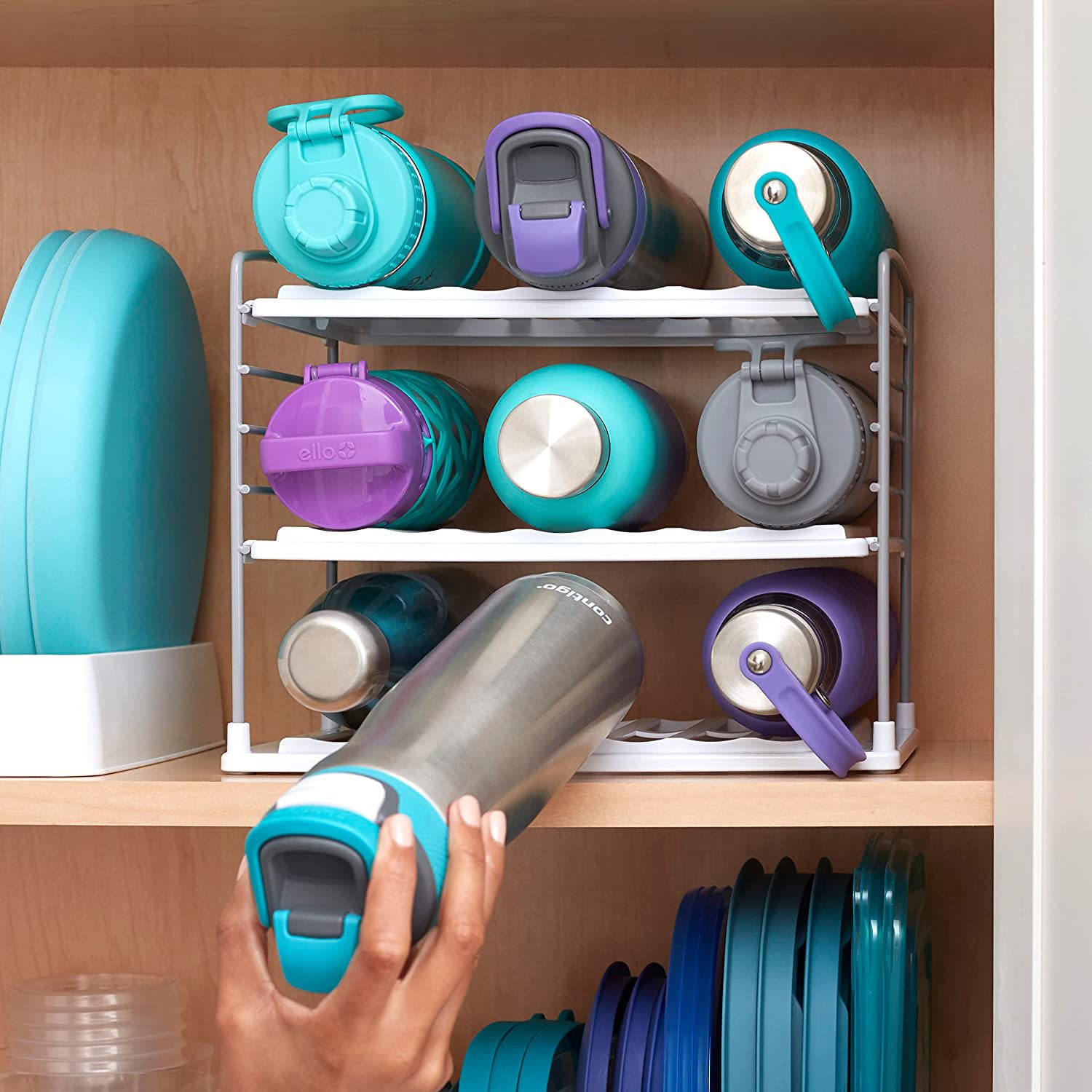

Articles
How To Store Water Bottles In The Kitchen
Modified: October 28, 2024
Learn the best techniques for storing water bottles in your kitchen with these informative articles. Keep your space organized and maximize efficiency.
(Many of the links in this article redirect to a specific reviewed product. Your purchase of these products through affiliate links helps to generate commission for Storables.com, at no extra cost. Learn more)
Introduction
In today’s fast-paced world, it’s essential to stay hydrated throughout the day, and having a good supply of water bottles in your kitchen is a convenient way to achieve this. However, keeping your water bottles organized and easily accessible can sometimes be a challenge. Whether you have a collection of reusable water bottles or a stack of disposable ones, finding the right storage solution can make a big difference in maintaining a well-organized kitchen.
Properly storing water bottles not only helps in keeping your kitchen organized, but it also ensures the longevity of your bottles. Storing water bottles correctly can prevent them from getting damaged, maintain their cleanliness, and make it easier for you to grab one on the go. In this article, we will explore various methods and storage solutions to effectively organize and store your water bottles in the kitchen.
Before diving into the different storage methods, it’s important to note that the type of water bottles you have will influence your storage options. The size, shape, and material of the bottles will determine the most suitable storage solution for your specific needs. Whether you have reusable stainless steel bottles, plastic ones, or a combination of both, it’s important to consider the specific requirements of each type.
Now let’s explore some practical and efficient ways to store your water bottles in the kitchen. We will cover tips for organizing water bottles in kitchen cabinets, utilizing shelving units, using hanging organizers, storing in the fridge, and considerations for storing reusable water bottles. By following these suggestions, you can create a clutter-free and functional space for your water bottles, ensuring easy access and preserving their quality. So, let’s get started!
Key Takeaways:
- Properly storing water bottles in the kitchen ensures a clutter-free space, easy access, and longevity of the bottles. From organizing in cabinets to utilizing shelving units and hanging organizers, there are various effective methods to keep your kitchen well-organized.
- Considerations for storing reusable water bottles include thorough cleaning, proper drying, and following manufacturer’s guidelines. By prioritizing cleanliness, organization, and easy accessibility, you can maintain the quality and functionality of your reusable bottles for a healthier and more sustainable lifestyle.
Read more: How To Store Bottled Water
Proper Storage of Water Bottles
Properly storing your water bottles is essential not only for maintaining a well-organized kitchen but also for ensuring the longevity and cleanliness of your bottles. Here are some key tips to keep in mind for the proper storage of water bottles:
1. Clean and dry your water bottles: Before storing your water bottles, make sure they are thoroughly cleaned and dried. Washing them with warm soapy water and rinsing them well will remove any dirt or residue. After cleaning, allow the bottles to air dry completely to prevent moisture from accumulating.
2. Keep water bottles away from direct sunlight: Exposure to direct sunlight can degrade the quality of your water bottles, especially if they are made of plastic. UV rays can cause the plastic to break down and release harmful chemicals into the water. So, it’s best to store your bottles in a cool and shaded area, away from direct sunlight.
3. Store bottles with lids or caps on: To prevent dust or other contaminants from entering the bottles, always store them with their lids or caps securely fastened. This will also help maintain the freshness and purity of the water inside the bottles.
4. Avoid storing water bottles near chemicals: Chemicals in cleaning supplies or other household products can potentially interact with the materials of your water bottles and affect their quality. It’s important to store your bottles away from any chemicals to avoid any potential damage or contamination.
5. Consider the storage capacity: Take into account the number of water bottles you have and the available storage space in your kitchen. If you have a large collection of bottles, consider using storage solutions that can accommodate multiple bottles and efficiently utilize the available space.
6. Regularly check for expiration dates: If you have disposable water bottles, it’s important to check their expiration dates. Consuming water from expired bottles can be detrimental to your health. Make sure to rotate your stock and always use the oldest bottles first to avoid any potential risks.
By following these proper storage guidelines, you can ensure that your water bottles remain clean, accessible, and in good condition for use. Now, let’s explore some effective methods for organizing and storing water bottles in your kitchen cabinets.
Organizing Water Bottles in Kitchen Cabinets
Kitchen cabinets are a popular storage option for water bottles due to their easy accessibility and ability to keep bottles out of sight. Here are some tips to effectively organize and store water bottles in your kitchen cabinets:
1. Sort by size and shape: Group water bottles based on their size and shape. This will make it easier to stack them and optimize the available space in your cabinets. Keep taller bottles together and place smaller ones towards the front for easy access.
2. Use stackable organizers: Utilize stackable organizers specifically designed for bottles. These organizers usually have slots or compartments to neatly separate each bottle. Stackable organizers make it easy to access bottles without causing any disarray.
3. Invest in adjustable shelf inserts: Adjustable shelf inserts or dividers can be placed in your cabinets to create different levels and compartments. These inserts will help maximize the vertical space in your cabinets, allowing you to neatly store water bottles of various sizes.
4. Consider pull-out shelves: Pull-out shelves with compartments are an excellent option for easier accessibility. These shelves allow you to easily slide out the entire section of bottles, ensuring quick and convenient access to your water bottles.
5. Utilize bins or baskets: Place your water bottles in bins or baskets within your cabinets to keep them contained and prevent them from rolling around. Label the bins or baskets for easy identification and organization.
6. Store water bottles with matching lids together: If your water bottles have detachable lids, keep the bottles and lids stored together. This will prevent the lids from getting misplaced and make it easier to find matching pairs when needed.
7. Place frequently used bottles within reach: Consider storing the water bottles you use most frequently in a cabinet that is easily accessible. This will save you time and effort when reaching for a bottle on a regular basis.
Remember, organizing your water bottles in kitchen cabinets is all about finding a system that works best for your needs and available space. By implementing these tips, you can create a well-organized cabinet that provides easy access to your water bottles while keeping your kitchen clutter-free. Next, let’s explore the option of utilizing shelving units for water bottle storage.
Utilizing Shelving Units for Water Bottle Storage
Shelving units can be an excellent storage solution for water bottles in the kitchen. They provide ample space and make it easy to organize and access your bottles. Here are some tips for effectively utilizing shelving units for water bottle storage:
1. Choose the right shelving unit: Select a shelving unit that fits your kitchen space and the number of water bottles you have. There are various options available, such as standalone metal or wire shelves, wall-mounted shelves, or even a customizable shelving system. Consider the size, weight capacity, and design of the shelving unit before making a purchase.
2. Adjust shelf heights: If your shelving unit has adjustable shelves, take advantage of this feature and customize the height of the shelves to accommodate different bottle sizes. This will help maximize the available space and ensure efficient storage.
3. Use bins or baskets: Place bins or baskets on the shelves to keep your water bottles organized. Bins are particularly useful for containing smaller bottles or accessories such as bottle caps or straws. Label the bins or baskets for easy identification and to keep the shelving unit neat and tidy.
4. Arrange bottles vertically or horizontally: Depending on the size and shape of your water bottles, you can choose to store them vertically or horizontally on the shelves. Storing them vertically can save space and make it easier to see and access each bottle. However, if you have bottles that are prone to rolling, it may be better to store them horizontally to prevent accidents.
5. Consider using shelf dividers: If you have a large number of water bottles or want to create separate sections for different types of bottles, consider using shelf dividers. These dividers will help keep the bottles upright, prevent them from falling or rolling, and create distinct sections for better organization.
6. Keep heavier bottles at the bottom: If you have both large and small water bottles, place the heavier and larger bottles at the bottom of the shelving unit for stability. This will help prevent the shelves from becoming top-heavy and potentially collapsing under the weight.
7. Regularly declutter and rearrange: Periodically assess your water bottle collection and determine if there are any bottles that you no longer need or use. Decluttering will help free up space and ensure that you only store the bottles you actually need. Additionally, consider rearranging the bottles based on their frequency of use to make the most accessible ones easily reachable.
By utilizing shelving units for water bottle storage, you can create a dedicated space for your bottles while keeping your kitchen organized and clutter-free. Now, let’s explore another option for storing water bottles in the kitchen – using hanging organizers.
Store water bottles in a designated area to keep them organized and easily accessible. Consider using a rack or shelf to maximize space and prevent clutter.
Using Hanging Organizers for Water Bottle Storage
When it comes to maximizing space and keeping things organized in the kitchen, hanging organizers can be a game-changer. They provide a unique storage solution for water bottles, making them easily accessible while freeing up valuable counter or cabinet space. Here are some tips for using hanging organizers for water bottle storage:
1. Choose the right hanging organizer: There are various types of hanging organizers available, such as pocket organizers, shelf-style organizers, or even hanging racks with hooks. Consider the size and number of your water bottles when selecting the appropriate organizer for your needs.
2. Hang the organizer in a convenient location: Find a spot in your kitchen where you can hang the organizer at a comfortable height and where water bottles can be easily reached. This could be on a wall, the inside of a pantry door, or even on the side of a cabinet.
3. Arrange the bottles within the pockets or shelves: If you have a pocket-style organizer, place the water bottles into the individual pockets, ensuring they are secure and won’t fall out. If using a shelf-style organizer, arrange the bottles on the shelves, making sure they are stable and won’t tip over.
4. Consider color-coding: If you have different types of water bottles or want to categorize them, consider using color-coded tags or labels. This will help you quickly identify specific bottles or groups of bottles when needed.
5. Use hooks for hanging bottles: Some hanging organizers come with hooks or loops that are designed specifically for hanging water bottles. Utilize these hooks to secure the bottles and prevent them from falling or swinging when the organizer is moved.
6. Utilize the top space for additional storage: Many hanging organizers have pockets or shelves at the top. Use this space for storing other kitchen items related to water bottles, such as bottle brushes, cleaning tablets, or spare lids.
7. Regularly check the stability: As with any hanging storage solution, it’s important to periodically check the stability of the organizer. Ensure that it is securely attached and that the weight of the water bottles is evenly distributed to prevent any accidents.
Using hanging organizers for water bottle storage allows for efficient use of vertical space in your kitchen while keeping your bottles easily accessible and within reach. Next, let’s explore the option of storing water bottles in the fridge for those who prefer cold and refreshing drinks.
Read more: How To Store Bottled Water In Pantry
Storing Water Bottles in the Fridge
If you prefer to enjoy chilled water or have limited space in your kitchen cabinets, storing water bottles in the fridge can be a great option. Here are some tips for effectively storing water bottles in the fridge:
1. Clean the bottles before storing: Ensure that your water bottles are clean and free from any residue or odors before placing them in the fridge. Wash them with warm soapy water and rinse them thoroughly to maintain cleanliness and prevent any transfer of flavors to the water.
2. Create a designated space: Designate a specific area in your fridge for storing water bottles. This will help keep them organized and prevent them from getting lost or forgotten among other items. Clear out any unnecessary clutter to free up space for the bottles.
3. Keep bottles upright: Store the water bottles upright to prevent any leakage or spills. Placing them in an upright position also maximizes the available space in the fridge.
4. Consider using refrigerator bins or organizers: To further organize your water bottles in the fridge, consider using clear bins or organizers specifically designed for refrigerators. These can help keep the bottles in place while allowing you to easily see and access them.
5. Label or date your bottles: If you have various types of water bottles or different expiration dates, label or date them to ensure that you consume them in a timely manner. This will help you easily identify which bottles need to be consumed first.
6. Avoid overcrowding: Avoid overcrowding the fridge with too many water bottles, as this can inhibit proper airflow and cooling. Leave enough space around each bottle to allow for effective cooling and circulation of cold air.
7. Rotate your stock: If you store a large number of water bottles in the fridge, make it a habit to rotate your stock regularly. Use the older bottles first and move the newer ones to the front to ensure that they are consumed before their expiration dates.
Storing water bottles in the fridge not only keeps them conveniently chilled but also provides a neat and organized display. Just ensure that you utilize proper hygiene practices and regularly clean the fridge to maintain a safe and clean environment for your stored water bottles. Now, let’s discuss some considerations for storing reusable water bottles.
Considerations for Storing Reusable Water Bottles
Reusable water bottles, whether made of stainless steel, glass, or BPA-free plastic, are becoming increasingly popular due to their eco-friendliness and cost-effectiveness. When it comes to storing these bottles, there are a few considerations to keep in mind:
1. Clean and dry bottles thoroughly: After each use, it’s important to clean and dry reusable water bottles thoroughly before storing them. This helps prevent the growth of bacteria or mold and ensures that the bottles are ready for use when needed.
2. Remove any detachable parts: If your reusable water bottles have detachable parts like lids, straws, or silicone seals, it’s advisable to remove and clean them separately. This allows for thorough cleaning and prevents any residual moisture that could lead to odor or mold buildup.
3. Store with the lids off: When storing reusable water bottles for an extended period, it’s best to keep the lids off. This allows for proper airflow and prevents any trapped moisture that could potentially cause unpleasant odors or mold growth. However, if you prefer to store the bottles with their lids on for convenience, ensure they are completely dry before sealing them.
4. Keep bottles in a cool, dry place: To maintain the integrity of reusable water bottles, it’s essential to store them in a cool, dry location away from direct sunlight or heat sources. Exposing the bottles to extreme temperatures can compromise their structure and affect the quality of the water inside.
5. Avoid storing hot liquids: If you have insulated reusable water bottles designed for keeping liquids hot, avoid storing hot beverages for prolonged periods. Prolonged exposure to high temperatures can affect the insulation properties and lead to potential damage or deformation of the bottle.
6. Regularly inspect for any wear or damage: Periodically inspect your reusable water bottles for any signs of wear, damage, or weakening of the materials. Cracks, dents, or sharp edges could compromise the integrity of the bottle and pose a safety risk. Replace any bottles that show signs of damage.
7. Follow manufacturer’s guidelines: Different types of reusable water bottles may have specific care instructions from their manufacturers. It’s important to read and follow these guidelines to ensure proper storage and maintenance. This may include recommendations for cleaning methods, suitable storage temperatures, or any other specific considerations.
By taking proper care and following these considerations, you can ensure the longevity and functionality of your reusable water bottles while promoting a healthier and more sustainable lifestyle. Now, let’s wrap up our discussion.
Conclusion
Properly storing water bottles in the kitchen is essential for maintaining an organized space and ensuring the longevity and cleanliness of the bottles. By implementing effective storage methods, you can create a clutter-free and functional environment for your water bottles while optimizing the available space in your kitchen.
Organizing water bottles in kitchen cabinets allows for easy access and keeps them neatly stacked. Utilizing shelving units provides a larger storage capacity and customizable options to accommodate different bottle sizes. Hanging organizers are a great choice for maximizing vertical space and keeping bottles readily accessible. Storing water bottles in the fridge keeps them chilled and refreshing, especially during hot summer months. And for those using reusable water bottles, considering proper cleaning, drying, and storage can help maintain their quality and extend their lifespan.
Regardless of the storage method you choose, always prioritize cleanliness, organization, and easy accessibility. Regularly decluttering, sorting by size and shape, and checking for expiration dates can help ensure that you are only storing bottles that are in good condition and appropriate for use.
Remember to consider the specific requirements of different bottle materials and follow the guidelines provided by the manufacturers for maintenance and care. This will help maximize the lifespan of the bottles and keep them in optimal condition.
In conclusion, take the time to organize and store your water bottles effectively in the kitchen. Not only will it enhance the visual appeal of your space, but it will also make it easier for you to stay hydrated throughout the day. So, whether you’re reaching for a reusable bottle or grabbing a cold one from the fridge, proper water bottle storage will ensure that you always have a refreshing drink at your fingertips. Cheers to a well-organized kitchen and a hydrated lifestyle!
Excited to get your kitchen neat and tidy? Don't miss our guide on kitchen organization, filled with clever strategies tailored for small spaces. If your interest in tidy spaces extends beyond the kitchen, check out our latest roundup of water bottle storage solutions that promise to clear clutter in 2024. For those looking to overhaul storage throughout their home, our comprehensive list of home storage solutions offers smart options that cater to every room. Keep your living areas serene and systematically arranged with these insightful tips.
Frequently Asked Questions about How To Store Water Bottles In The Kitchen
Was this page helpful?
At Storables.com, we guarantee accurate and reliable information. Our content, validated by Expert Board Contributors, is crafted following stringent Editorial Policies. We're committed to providing you with well-researched, expert-backed insights for all your informational needs.
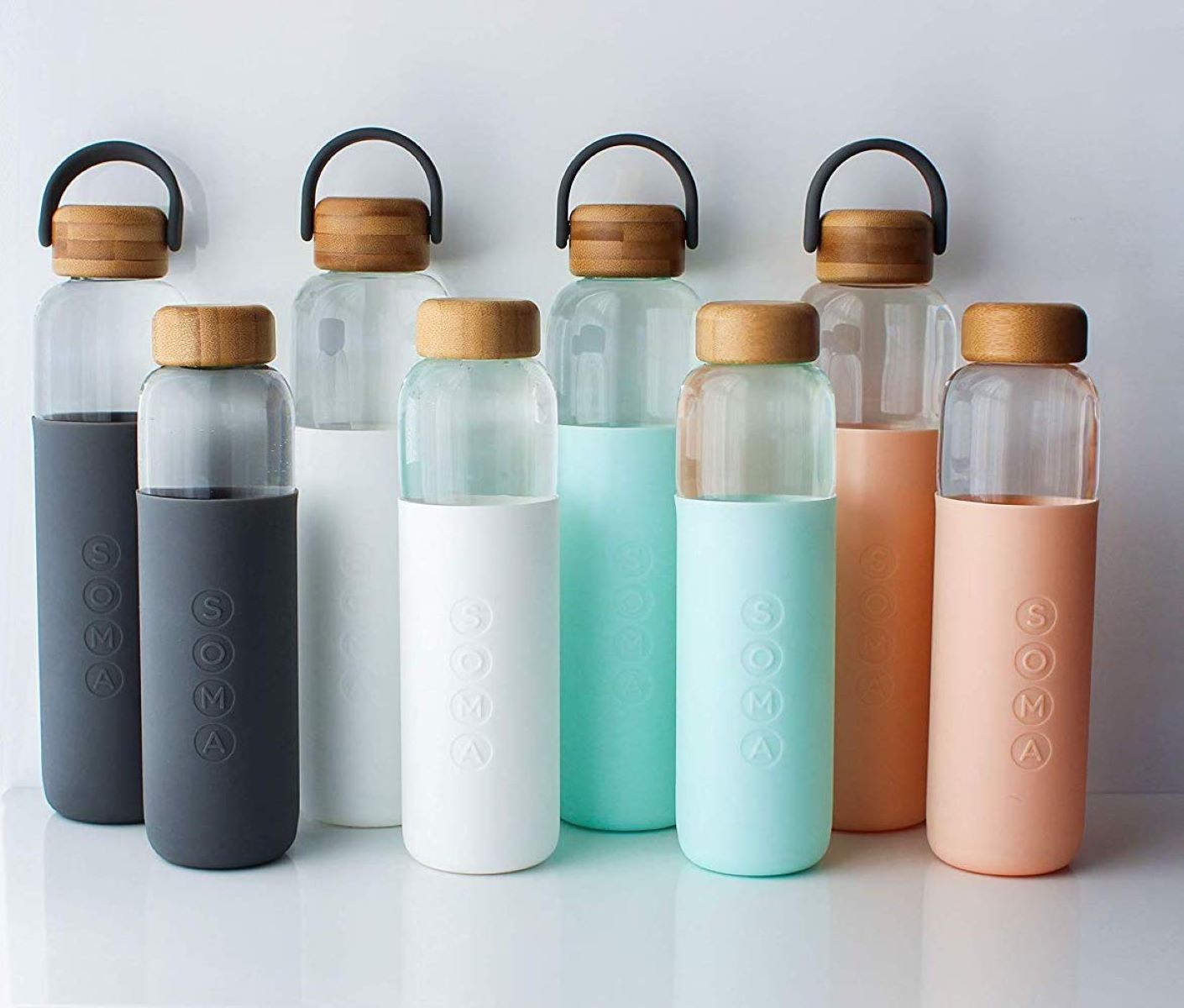
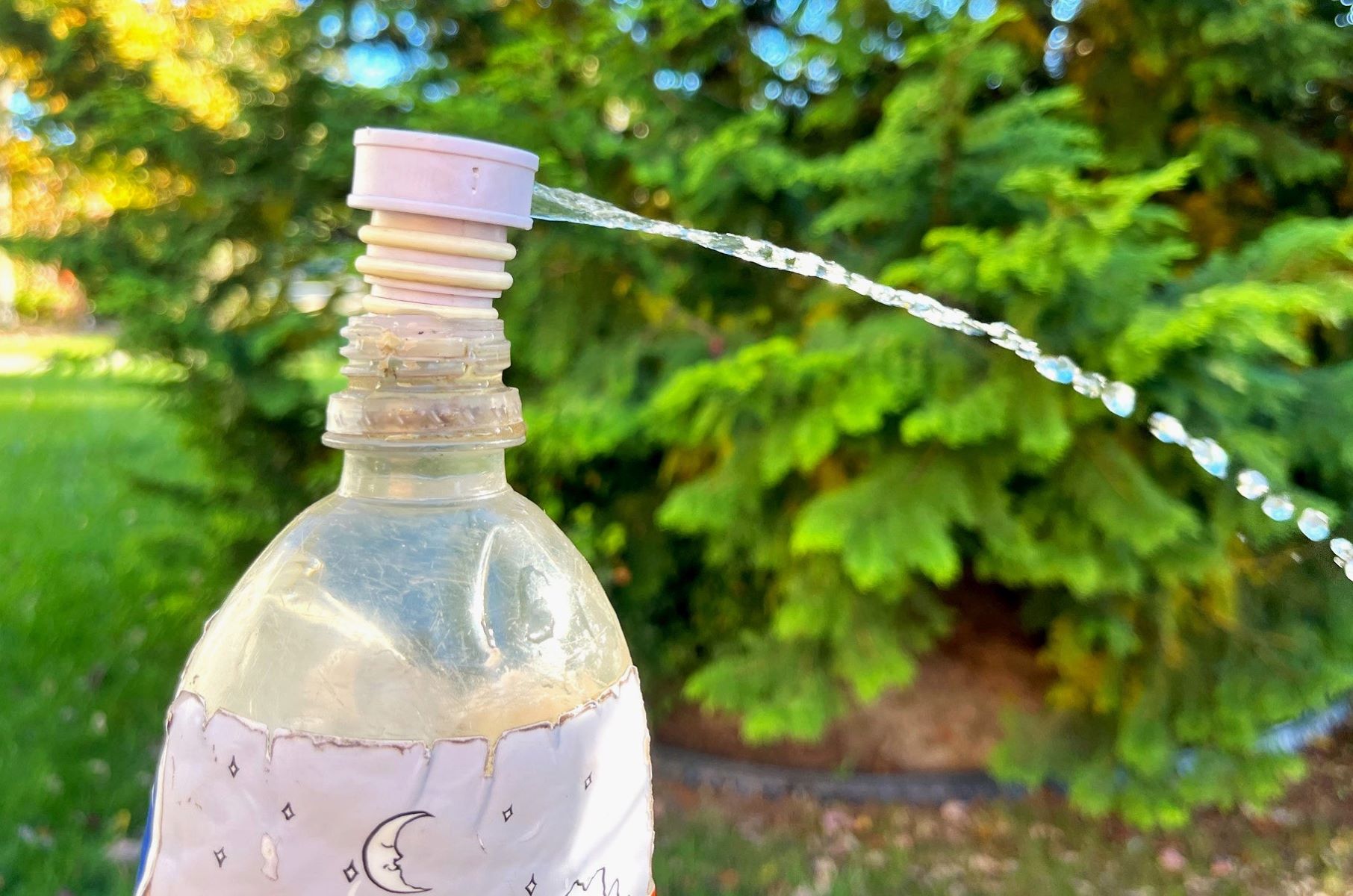
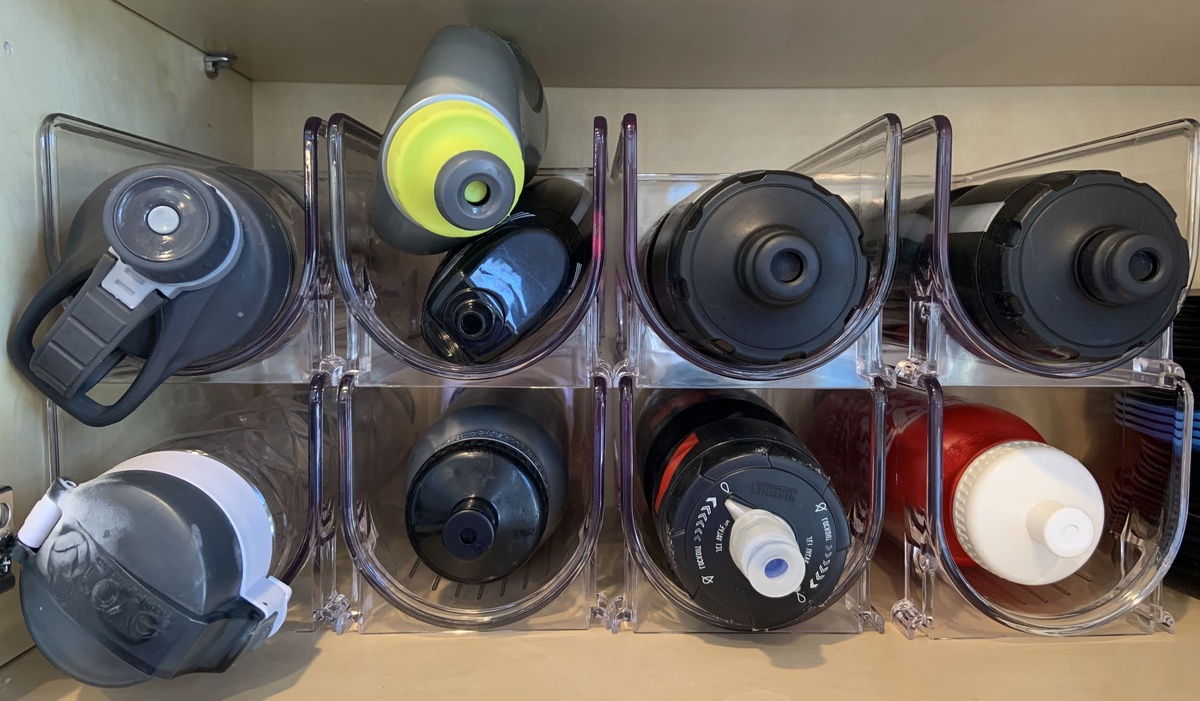
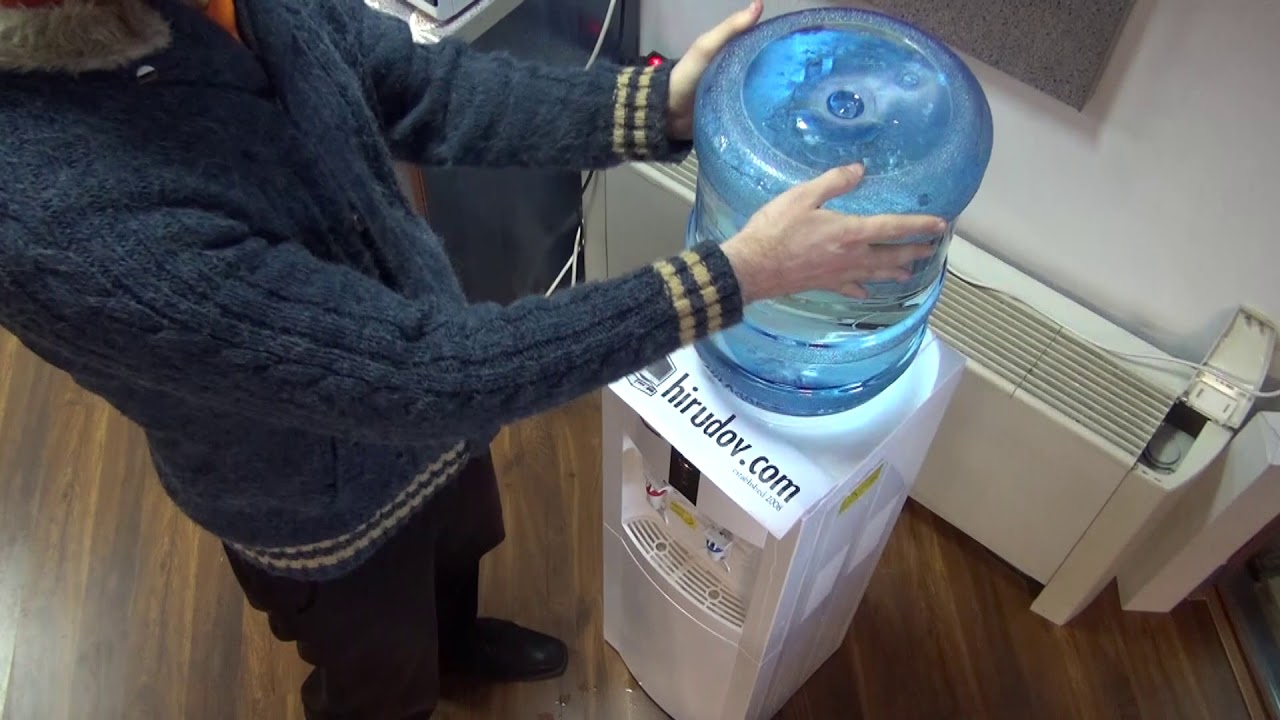
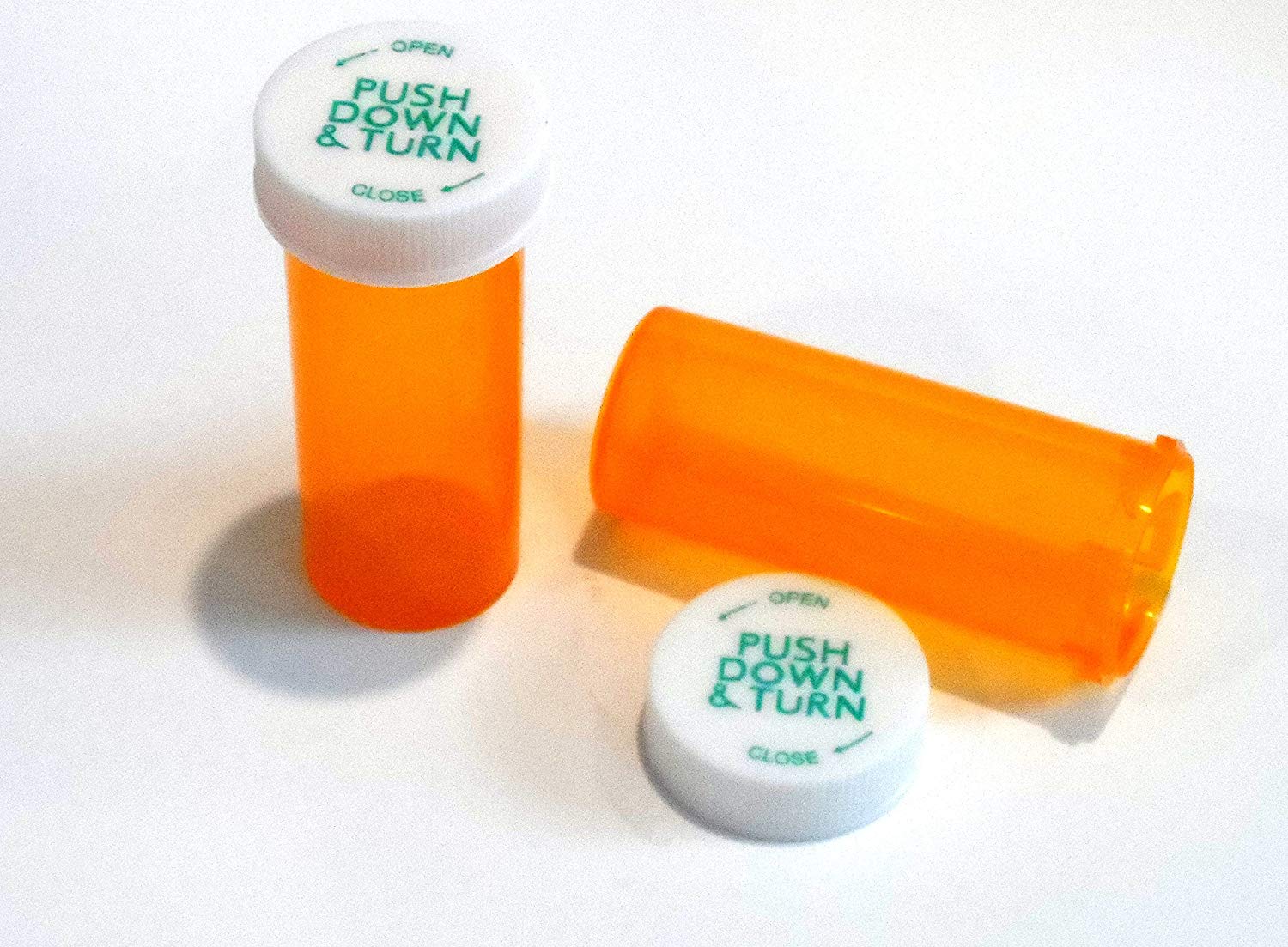
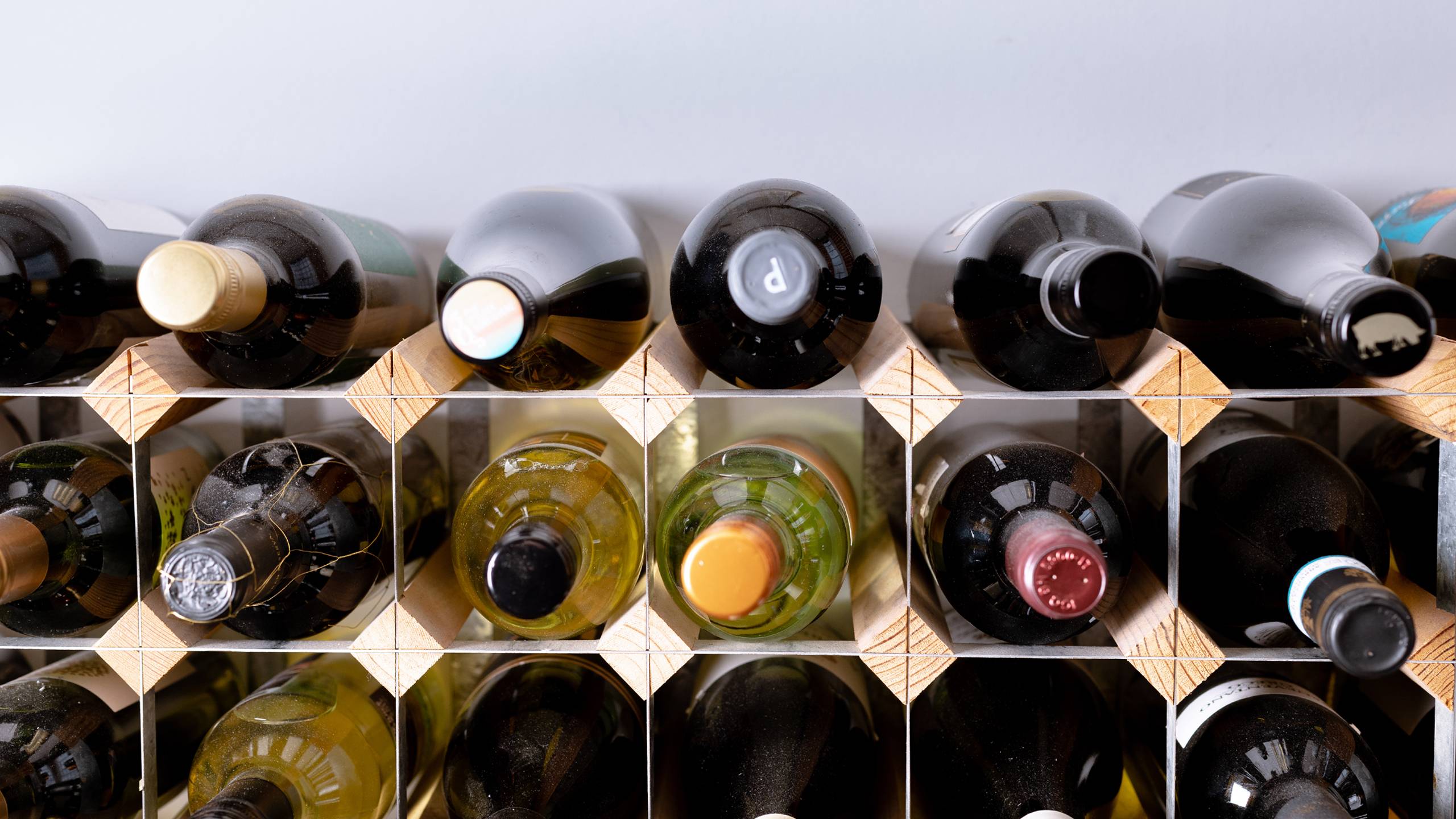
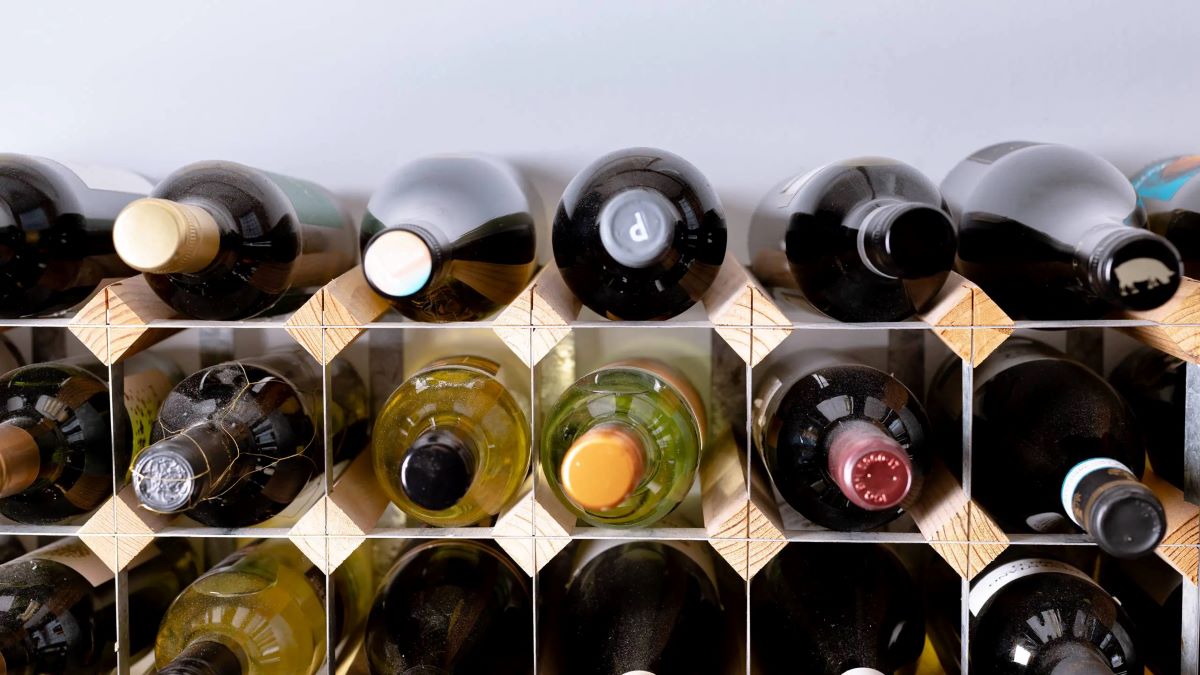
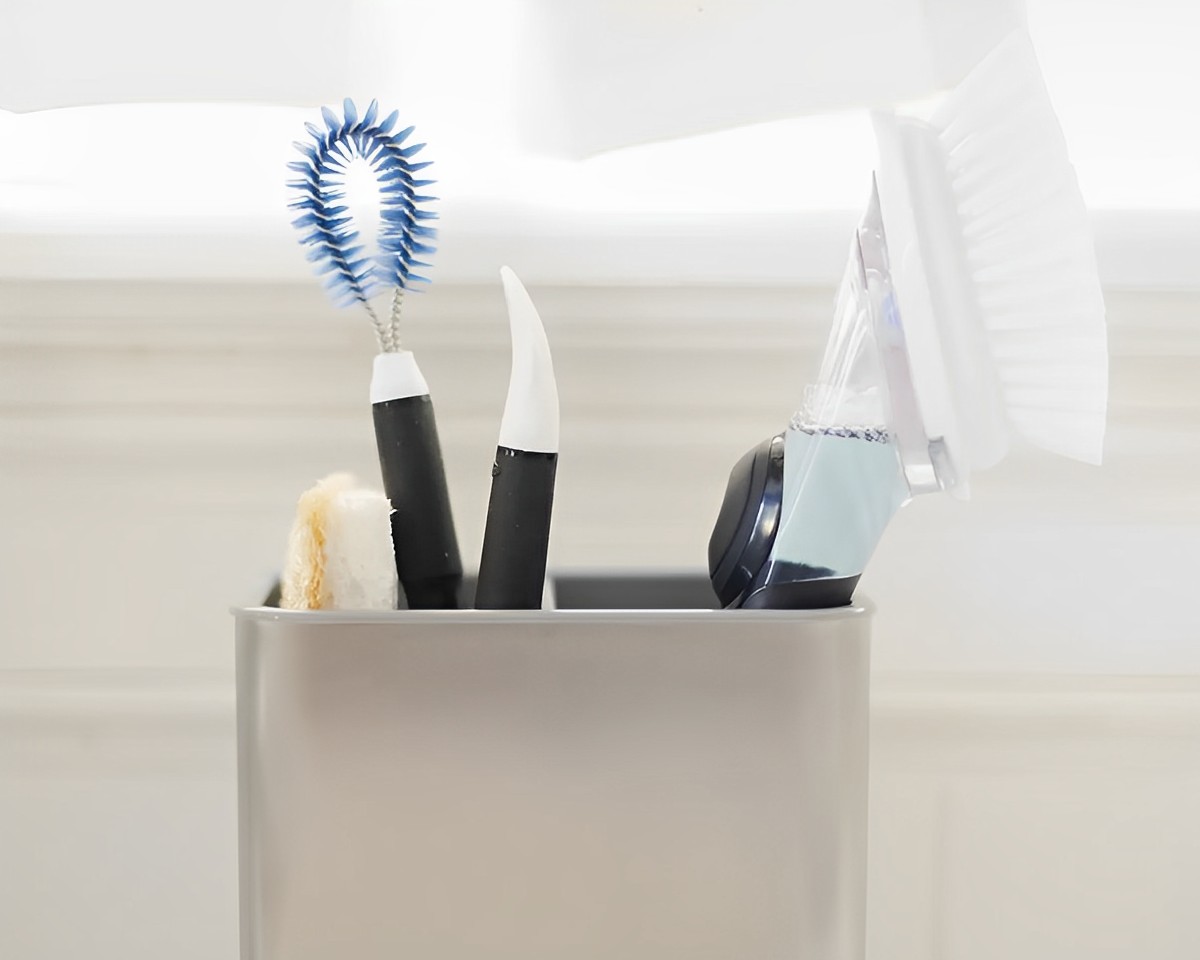
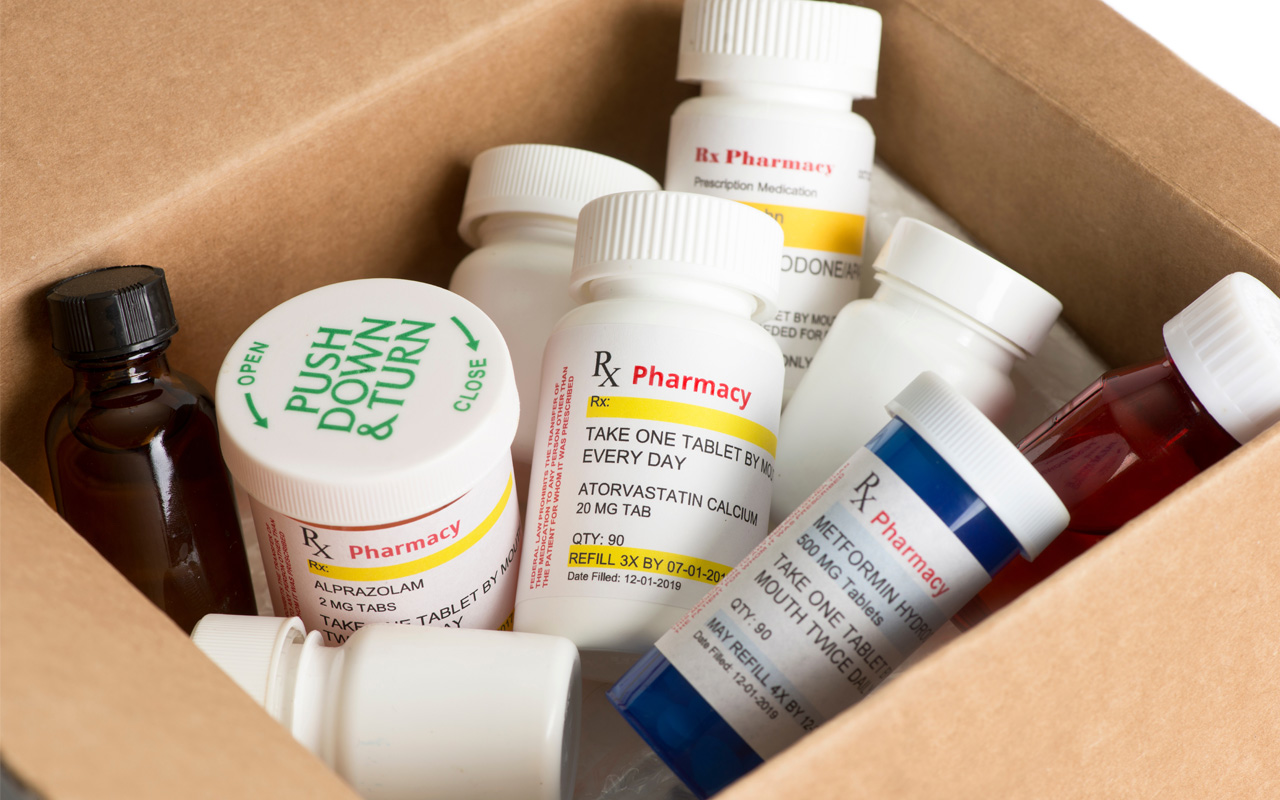
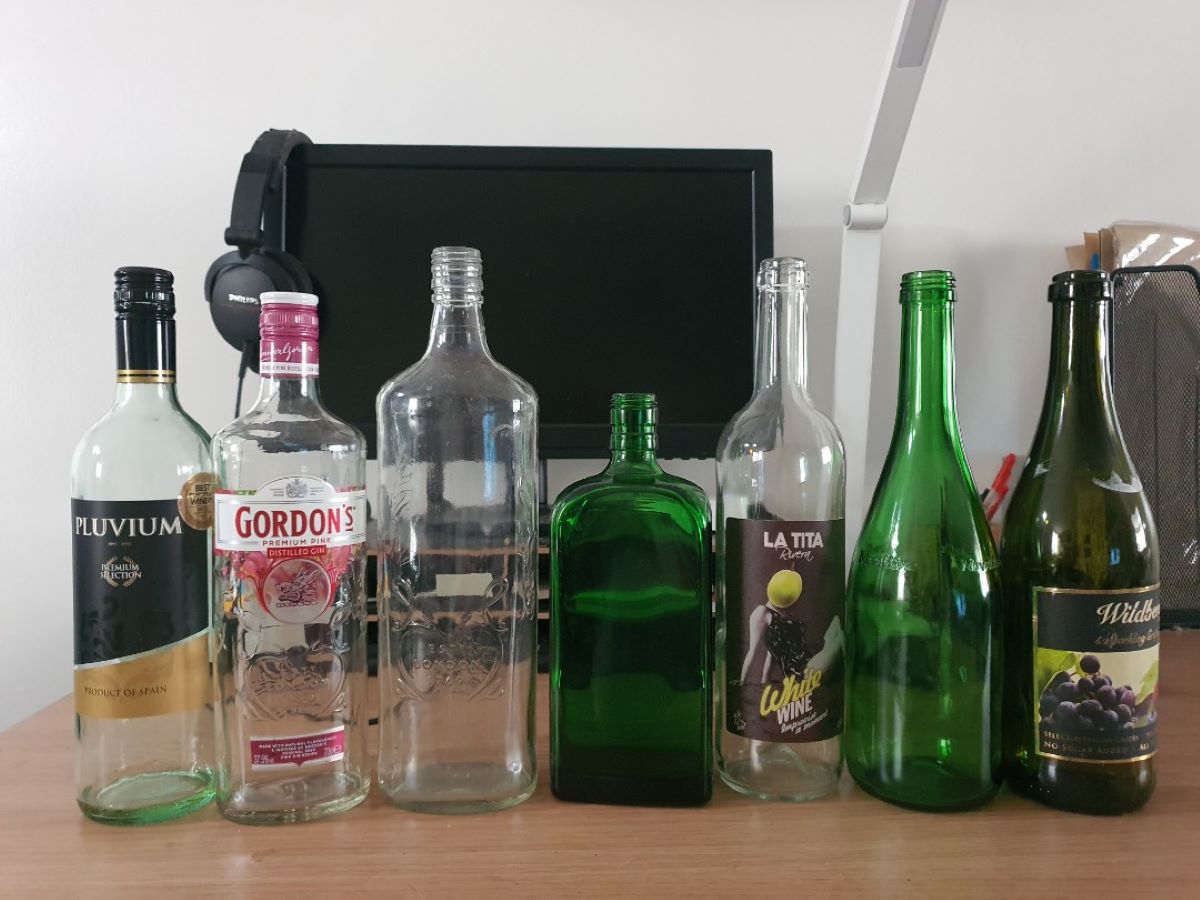
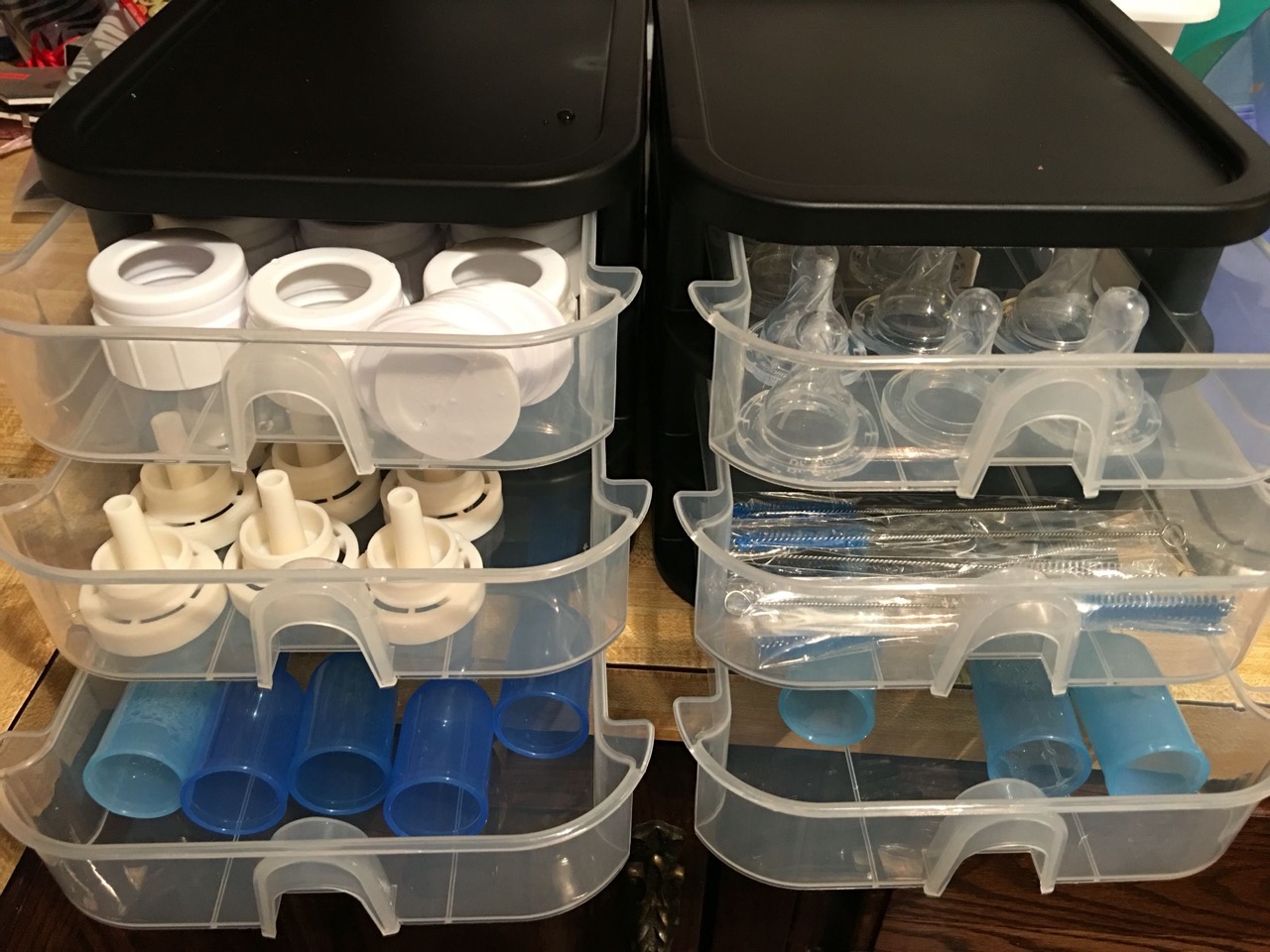
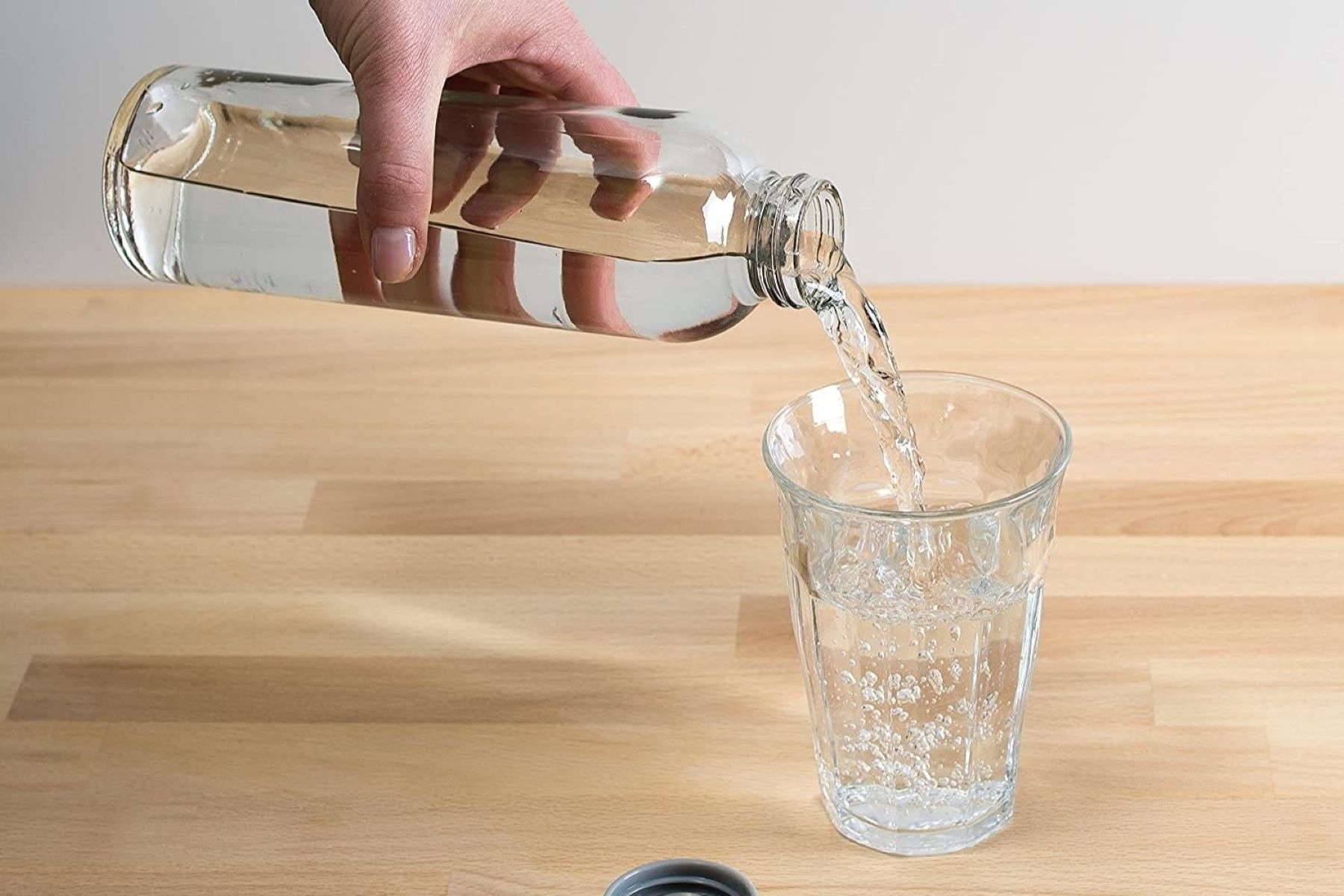
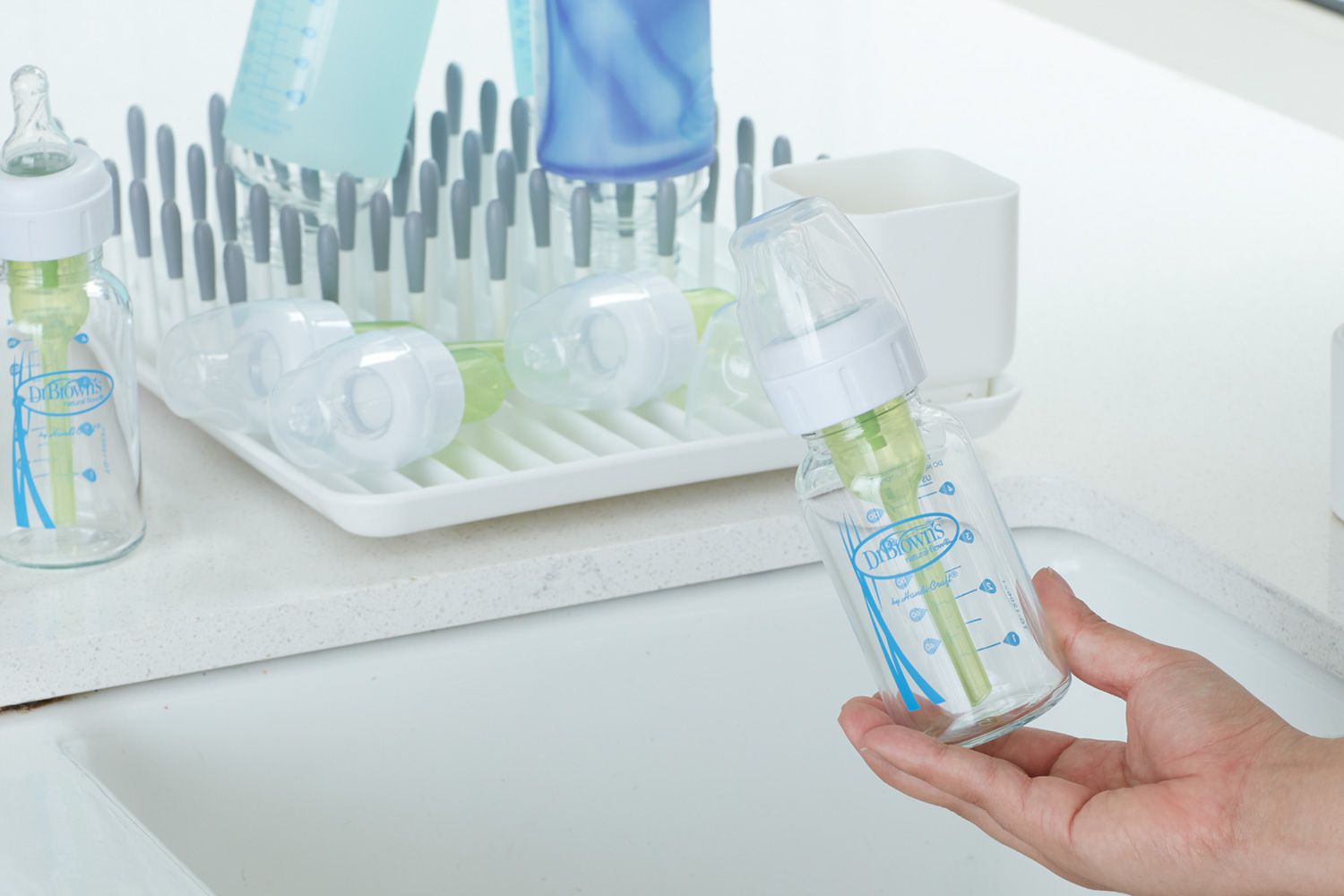
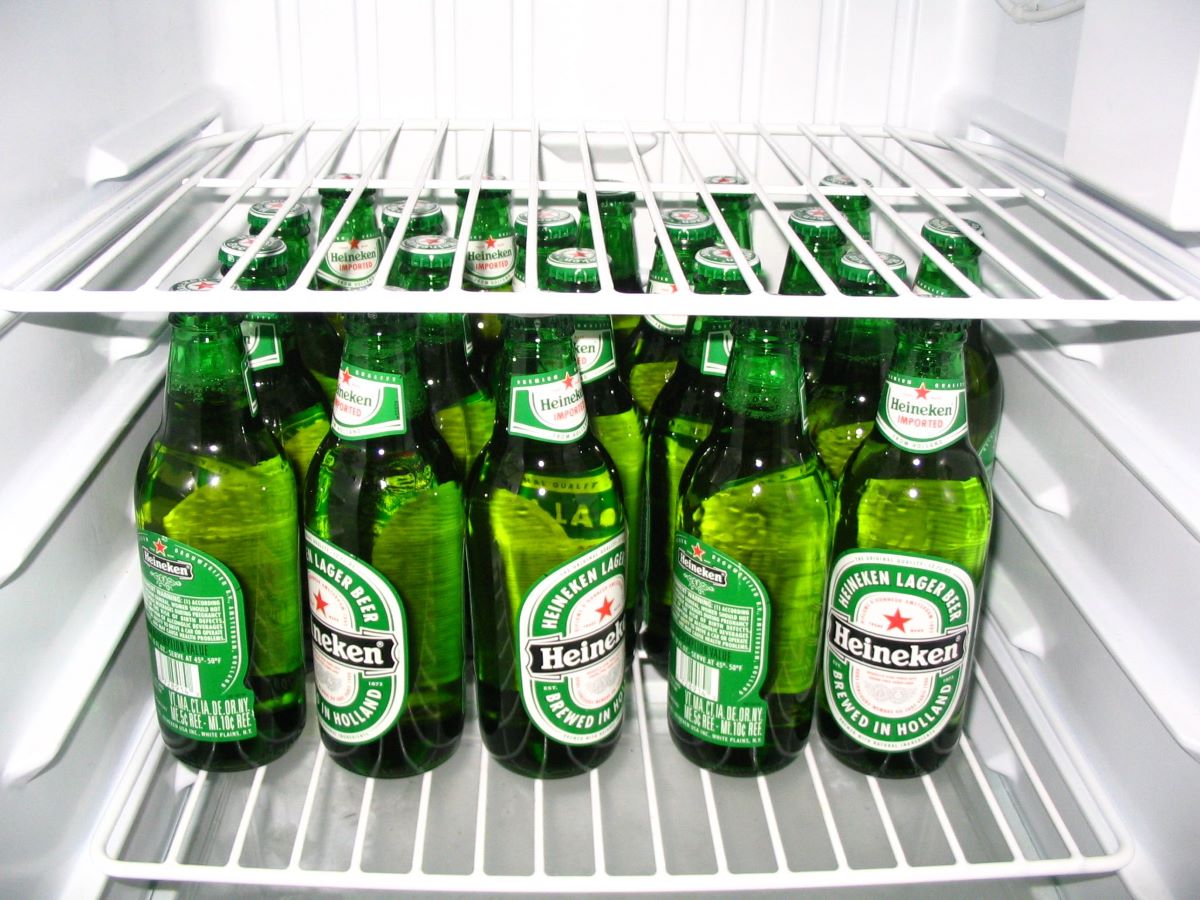

0 thoughts on “How To Store Water Bottles In The Kitchen”